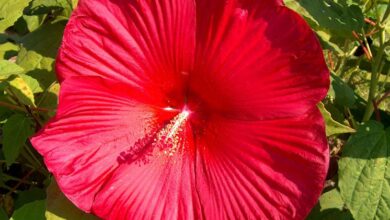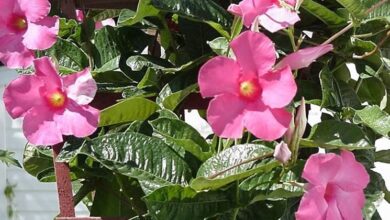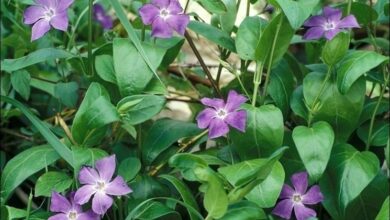Hedges for terraces
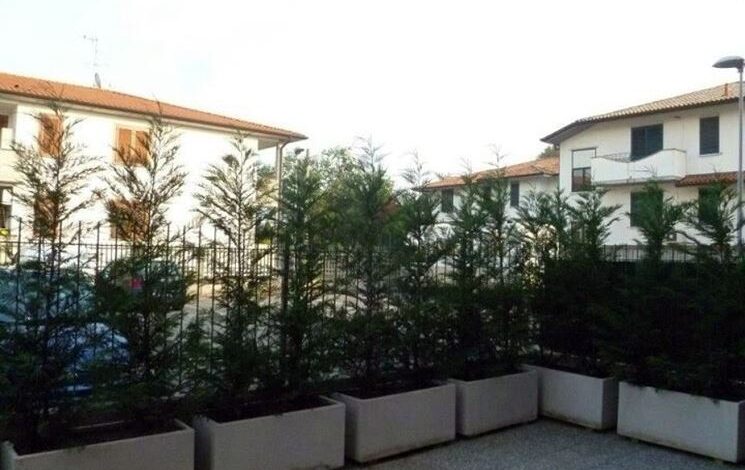
Hedges for terraces
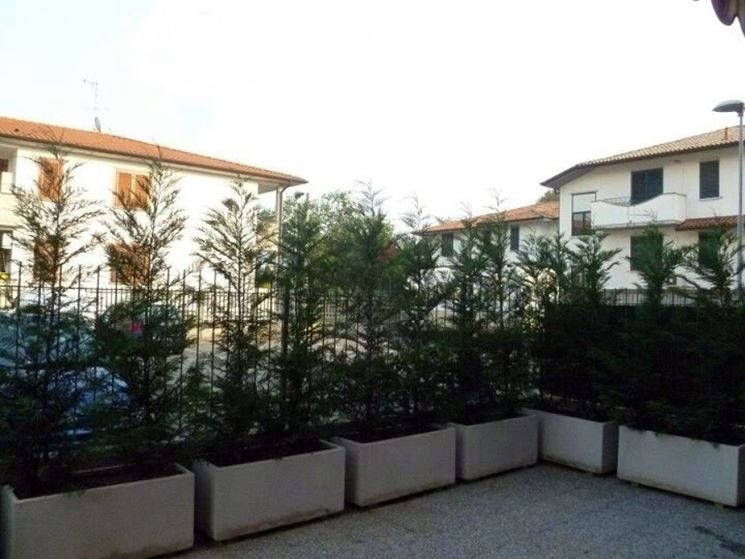
The choice of vases
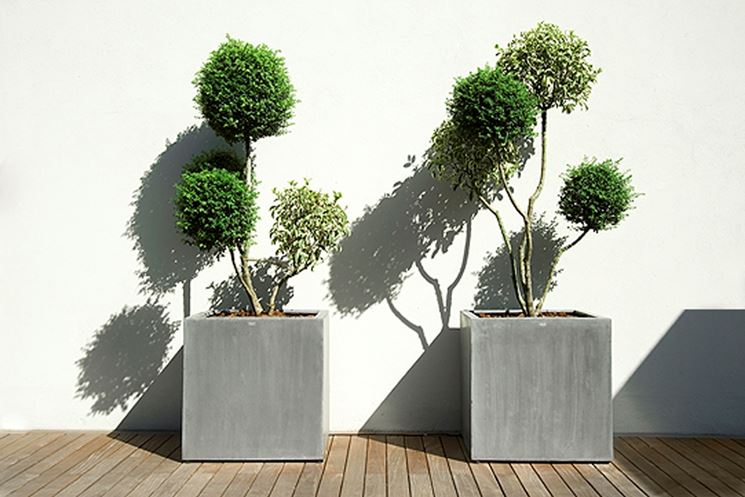
The hedges for terraces are placed in containers, given the lack of open ground; since the plants will remain in the same pot for a long time, it is advisable to choose the largest pots possible, so as to be able to fill them with a good amount of soil, to allow the shrubs to develop a large and well developed root system. But since the pots will be positioned on a cantilevered structure of the house, it is essential to avoid excessive loads, which could damage the terrace itself: if we consider the pot, plus the earth, the plants, and the water from the irrigation, we quickly reach decidedly important. Therefore, in general, vases made of fairly light material, such as plastic or rotational resin, are preferred, since we need large tanks.
The choice of plants
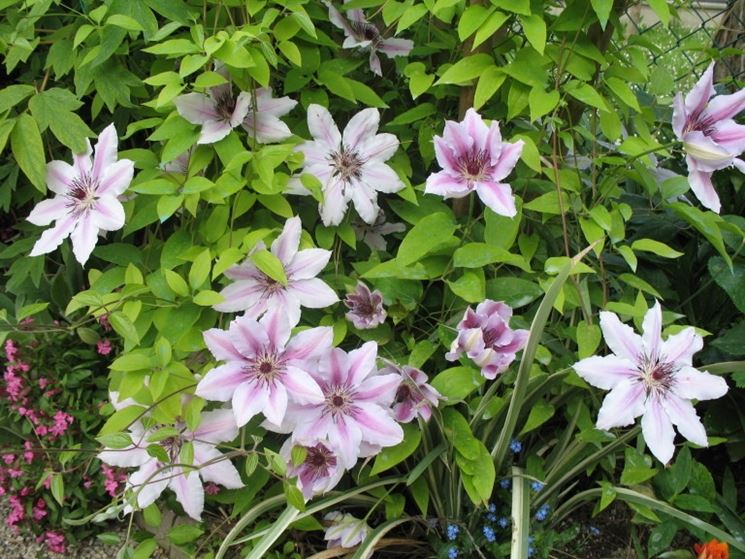
When you intend to prepare a hedge, it is important to choose evergreen plants, or in any case with dense and compact vegetation, so that the privacy guaranteed by the structure is durable, and also present in the winter months. Usually the hedges for terraces are prepared with plants very similar to those used in the garden, even if the place of cultivation, sheltered and slightly heated by the walls of the house, can also allow you to use plants that could suffer from the cold in the garden. For example, plants such as bougainvillea or officinal jasmine can also be grown on the terrace in areas of northern Italy: in the event of very intense and prolonged frosts, it is quick and easy to cover a pot with non-woven fabric. Most commonly, shrubs such as privet, boxwood, fotinia, viburnum, evonymus, laurel, lavender. Plants of dwarf varieties are often preferred, as in the case of some particular species of cypress; this is because garden cypresses would have an excessive development, which is not suitable for pots.
Care for terrace hedges
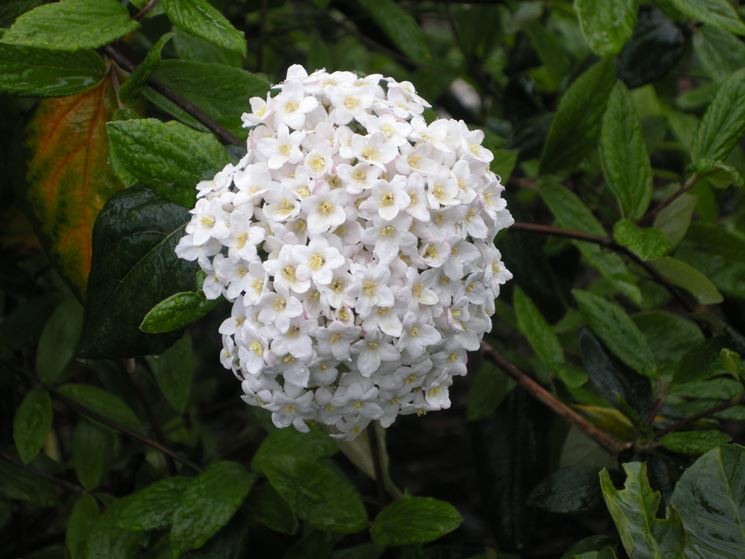
The cultivation of potted plants poses some difficulties, even when it comes to plants that tend to develop in the garden without the need for much care. Since the root system of shrubs is forced to develop in a narrow container, potted plants tend to have greater water needs, and to manifest more quickly problems related to drought or excess watering. For example, if a viburnum planted in the ground for 3-4 years will tend to be satisfied with the rains, the same potted plant will continue to need watering in the summer, when the soil is completely dry. So, be prepared to water your potted hedge during the summer, avoiding leaving the soil soaked in water. Remember to place a saucer under each container, so as not to drop the excess watering. Pruning will need to be done carefully to prevent longer branches from taking up a large portion of your outdoor space.

